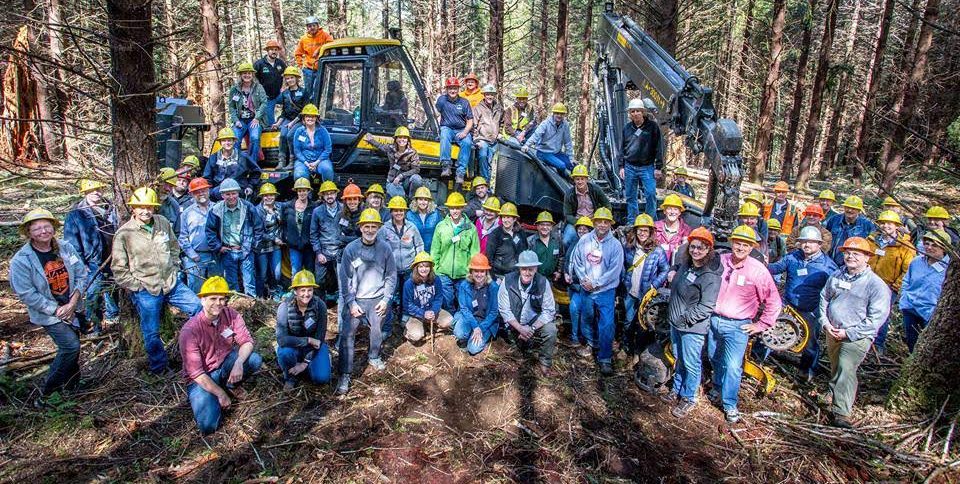OFIC’s members understand better than most the economic devastation that resulted from lawsuits a generation ago that shut down most of the local timber economy. Lost jobs. Poverty. Inadequate revenue for schools, hospitals, libraries and public safety. The counties where our members operate survived a 90% reduction in federal timber harvests – but our communities, our people and our families have never been the same.
It is from this lived experienced that we disagree with the premise of the recent story “Big Money Bought Oregon’s Forests” by Rob Davis and Tony Schick. These urban reporters and their sensationalized reporting fail to understand rural Oregon as we know it and are living it. Further, their reporting also fails to recognize or even mention dramatic changes in state tax policy – resulting from two voter-approved ballot initiatives – that fundamentally changed Oregon’s property tax systems for all property owners.
Any thoughtful discussion – or reporting – about how Oregon taxes forestlands must also look at how Ballot Measure 5, approved by voters in 1990 and Ballot Measure 50, approved by voters in 1997, dramatically altered Oregon’s property tax system and its unintended consequences for rural counties. These were policy decisions made by Oregon voters – not timber companies. Yet, remarkably, there is no mention of these measures in the four thousand word story.
In addition to paying personal income tax and corporate income and excise tax, just like other corporate entities in the state, forest landowners also pay property taxes and are treated exactly the same as all other landowners in the state. Their property is taxed at fair market value in its use as timberland – the price a knowledgeable purchaser would pay for land primarily use to grown and harvest timber. This approach prevents conversion of forestland to other uses and preserves working lands, just like with agriculture lands and open spaces. It’s effective: Oregon has maintained more forestland acres since 1900 than our West Coast neighbors.
Following passage of Ballot Measures 5 and 50, the legislature and then Governor John Kitzhaber went to work to fashion a new timber tax policy that was both constitutional and fair. In addition to addressing the new voter-approved property tax constraints, they also considered the fact that severance taxes are generally paid on non-renewable resources like oil, minerals and coal that are extracted and not replaced. Trees, on the other hand, are a renewable resource – with four trees planted in Oregon for every one that is harvested. You can’t replant coal – but we do replant trees. Lots of them. Governor Kitzhaber and overwhelming bipartisan majorities in the legislature agreed and approved a modern, fair and constitutional system for taxing forestlands. A system designed to support jobs but that also recognized that private forests also provide unique public benefits: clean air and water, wildlife habitat, recreation opportunities, beautiful scenery that draws tourists to our communities, carbon storage, and a source of more green, renewable building materials than any other state in the nation.
We understand that a story about big timber companies hurting small rural communities is easier to tell and more likely to generate social media clicks and likes than the ins and outs of complex state tax policy. But that doesn’t mean the story is accurate, relevant or complete.
The jobs and tax revenue generated from timber and forest products remain essential to Oregon’s economy – especially in rural areas. In fact, private timber companies provide some of the highest-paying jobs in many rural counties. In Douglas County almost a quarter of all jobs come from the forest sector. In some counties, like Clatsop, these jobs can pay twice the state average annual wage. In all, the forest sector employs more than 60,000 Oregonians to the tune of $3 billion in annual payroll, in mostly rural counties.
The real story about rural communities is that despite all that is thrown at us – from wildfires, to economic devastation from COVID-19 to policy decisions made by rural elites who don’t understand or appreciate our way of life – we remain resilient and hopeful. Our communities are tough and independent. And our people love the forests for all that they do and all that they mean for Oregon – jobs, recreation, wildlife and beauty.

